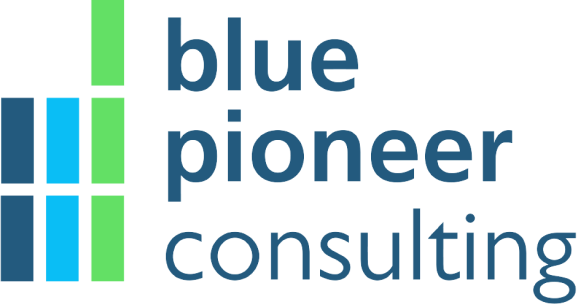The Importance of IT Asset Management: Enhancing Inventory Accountability and Cost Savings
Nov 20, 2024 11:00:50 AM
In the rapidly evolving digital era, IT asset management (ITAM) has become a cornerstone for organizations striving to optimize their resources and achieve substantial cost savings. This blog delves into the critical role of ITAM, focusing on its impact on inventory accountability and cost efficiency.
Understanding IT Asset Management
IT asset management involves the systematic tracking and managing of an organization’s IT assets, including hardware, software, and network components. This process ensures that all assets are accounted for, maintained, and utilized efficiently.
Enhancing Inventory Accountability
One of the primary benefits of ITAM is improved inventory accountability. By implementing robust ITAM practices, organizations can:
Track Assets in Real-Time
Advanced ITAM software allows for real-time monitoring of the location, status, and usage of IT assets. This reduces the risk of asset loss or theft and ensures all assets are accounted for.
Automate Inventory Processes
Automation tools streamline the inventory management process, reducing manual errors and saving time. Automated alerts and updates keep the inventory data accurate and up-to-date.
Achieving Cost Savings
Effective ITAM can lead to substantial cost savings in several ways:
Optimize Asset Utilization
By understanding the usage patterns of IT assets, organizations can optimize their deployment and avoid unnecessary purchases. This ensures existing assets are fully utilized before new ones are acquired, correct software licensing levels are implemented (saving on license costs for higher level licenses that may not be fully utilized), and network hardware allocations are right-sized.
Reduce Maintenance Costs
Regular monitoring and maintenance of IT assets prevent unexpected breakdowns and extend the lifespan of the equipment. It also identifies software licenses still in the environment that are no longer utilized. This proactive approach reduces repair, replacement, and unnecessary costs.
Implementing IT Asset Management
To implement an effective ITAM strategy, organizations should:
1. Choose the Right ITAM Provider
Select an ITAM provider who offers features like real-time tracking and automated inventory updates, and compliance management.
2. Establish Clear Policies
Develop and enforce policies for asset acquisition, usage, and disposal. Clear guidelines ensure consistent practices across the organization.
3. Train Employees
Educate employees on the importance of ITAM and how to use the ITAM tools effectively. This fosters a culture of accountability and ensures that everyone contributes to the ITAM efforts.
In conclusion, IT asset management is a vital practice for organizations looking to enhance inventory accountability and achieve significant cost savings.
By leveraging advanced ITAM tools and implementing best practices, businesses can optimize their IT resources, reduce costs, and ensure compliance with regulatory requirements.
Embracing ITAM not only improves operational efficiency but also contributes to the overall success and sustainability of the organization.

